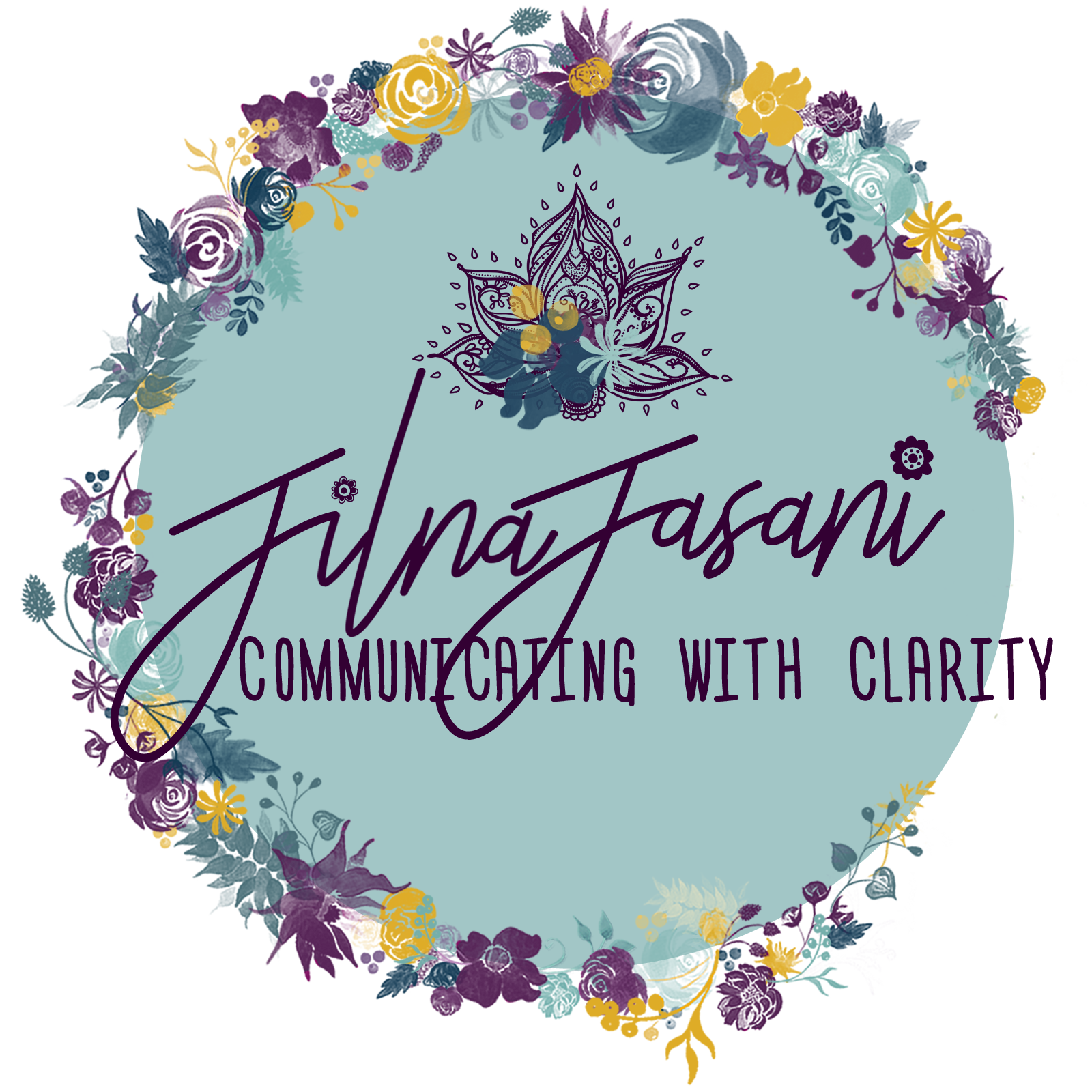
How to Understand Your Child’s Experience

You may have heard me say that in order to understand your child’s experience, you must understand what is defining their experience.
To help make sense of this, ask yourself: do you and your spouse express sadness in the same way? Does everything that makes you sad make your spouse sad, too?

If your answer to either or both of those questions was no, then you can see how your children’s experiences might also look different.
For example, to help you understand if your child is feeling sad, you can inquire…
…what is their definition of sad?
…where did that definition arise from?
…who defined it for them?
…how did they learn to experience sadness in that way?
…when was the first time they felt that experience?
While you may understand the questions I’m posing above, they are not easy to answer, are they?
What makes them challenging to answer is the very fact that we can’t be sure where they first identified with that experience.
The good news is that we don’t need to understand all of the answers.
But we do need to understand that there is no concrete answer to these questions.
What I’m describing above is the concept of
Form: concrete belief
Formlessness: the cause and effect of the beliefs that lead to that belief
This is a tricky concept, because we can’t see, touch, feel, hear, or smell anything in formlessness. Yet it exists, because it created the present form.
When you understand this, you have the ability to not only understand your child’s experiences, but also your own.
If you haven’t yet watched my video on ‘the most important concept you need to heal’, that may be a good place to start. It sets the foundation of how to understand our children’s experiences.
You can watch it here.

Last night Jian said to me “I feel like you’re forcing me to do things”. I was surprised to hear him say that, because I spend a lot of my day trying to honor his choices. Yet there was something in his message that got me curious about what I was doing that was making him feel that way.
We narrowed down the exact conversation of when he experienced my forceful presence. I shared with him my experience of that conversation. I had asked him his opinion, he shared his opinion, I shared my opinion, before we came to the conclusion of what we should do, given that situation. He agreed with a part of what I saw, disagreed with another part of it, and couldn’t recall another part.
But you see, this is how we all experience conditioning and cause and effect. There were a multitude of events that led to his experience of feeling forced or triggered, and to my experience of seeing that situation clearly. Neither of which were the absolute truth.
But without understanding the concept of formlessness and cause and effect, I may have fallen into guilt, perhaps even blaming myself or telling myself that I did something ‘wrong’.
When we get attached to the effect without knowing all the causes that led to the effect, we lose our sense of formlessness, the sense of cause and effect, and we resort to our egoic state of mind. While cause and effect reflects the truth, the ego is anything that is the opposite of the truth.
How do I know?
Because is it really true that I should feel guilty or blame myself for something I can’t even clearly see or understand? No, it’s not true. But by believing that, I make it true and I suffer.
The false, or egoic, self can be anything that pleases us or makes us feel comfortable. It’s also anything that scares us or makes us feel anxious. It creates a duality, judging situations, people, or things as good or bad.
So if I were to deconstruct Jian’s experience of “I feel you’re forcing me to do things” in form or language, not formlessness or cause and effect, I wouldn’t be doing either of us justice because it wouldn’t be the truth.
This is why it is so important to understand the law of cause and effect. Because the core illusion is a form, i.e the concrete belief Jian had that ‘I force him to do things’ or that I could have had that ‘I don’t force Jian to do things.’
We only experience connection when we detach from the form and enter formlessness.
At first, it can feel scary because formlessness has no form, and therefore is made up of limitless possibilities and unknowns.
Does this mean that we should enter each situation with just formlessness? And if so, does that look like we are disregarding his experience because we don’t understand it?
No. What I’m saying is that we must detach from form to enter formlessness and then use form to support us. This looks like:

Connecting with formlessness (energy), in a heart to heart:
Me: Jian, can you see how neither of us can see exactly what happened, because the situation you’re thinking about is in the past?
Jian: No. Because I felt you forced me.
Me: Your experience is real. What you felt in your body is real. But neither of us can remember exactly what was said. Do you agree?
Jian: Yes.

Using form to support and maintain the connection:
Me: Next time we’re in a similar situation, I’ll make an attempt to ask you more questions, to help you make a choice you’re sure about. Does that work?
Jian: Yes.
Give it a try. What is one thing you can do to proactively support your child now? For example, setting them up with a timer to help them manage their screen time so that you can maintain connection with them later.
Share one thing you got out of this post with me, in my FREE Private Facebook Group, Moms Who Want to Communicate with Clarity. I’m looking forward to connecting with you there!

